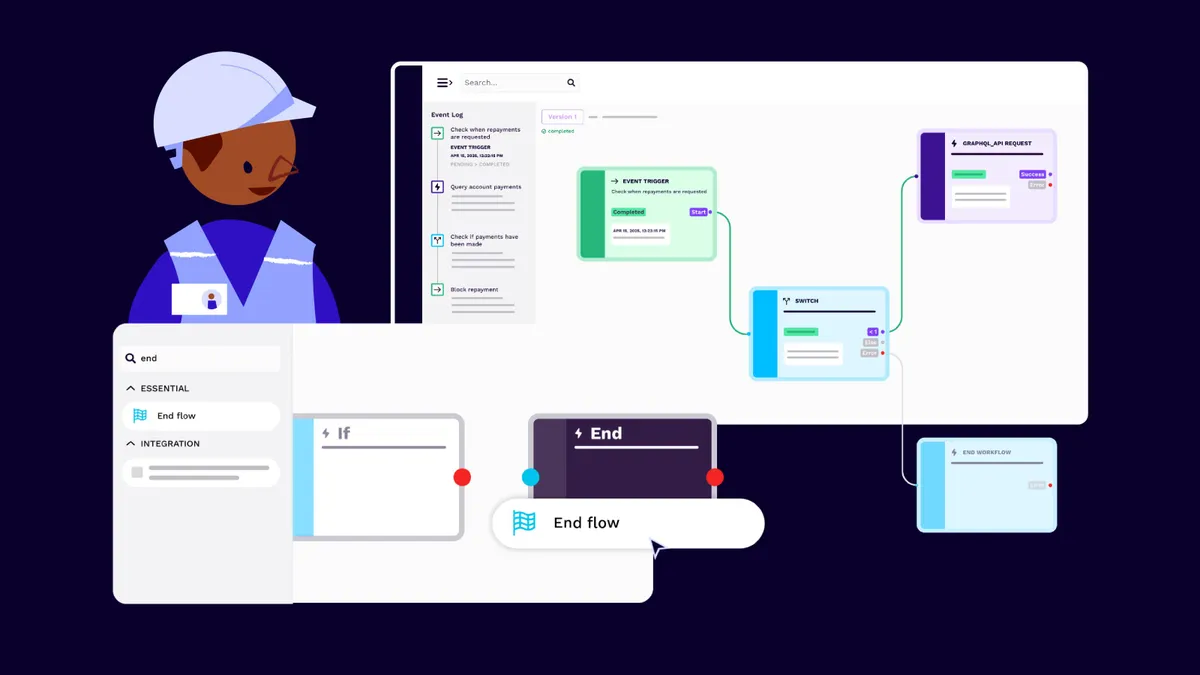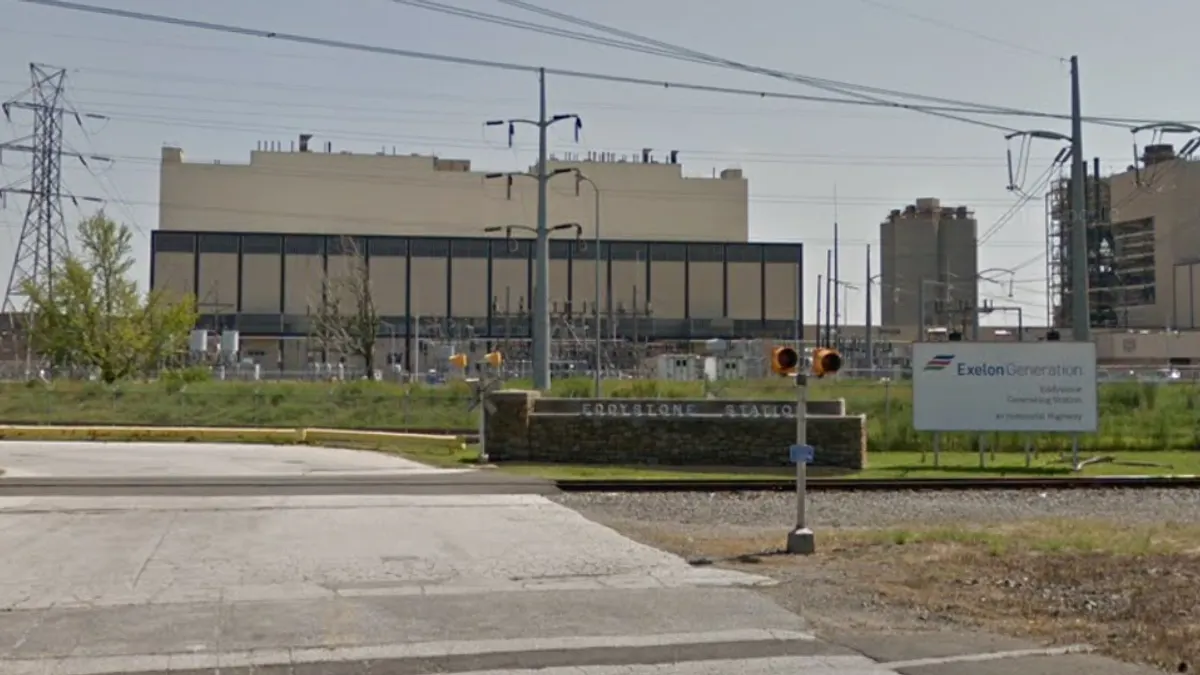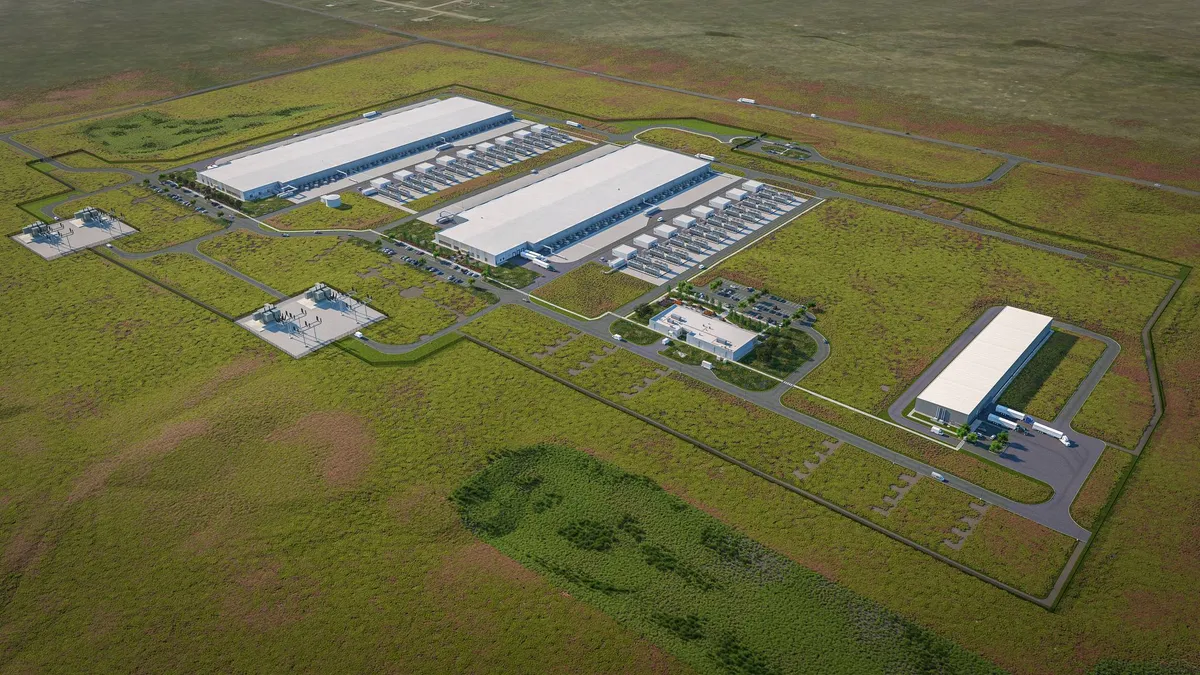When utilities are empowered to meet their own tech needs, the whole system benefits.
Across the energy industry, the idea of self-service has long been aimed at end-customers, helping them check their usage, change a tariff, or resolve an issue without calling a support team. But in an era of rapid digital transformation, a new kind of self-service is emerging: one aimed at utilities themselves.
Today, it’s becoming increasingly critical that utilities must be able to serve their own tech needs, configuring their tech systems to build new products, refine processes, and connect systems without complicated, lengthy coding and other outside help.
Independently configurable tech is about giving teams direct control of their tools so they can respond to challenges and innovate at speed. As grids decentralize and customer expectations rise, utilities can’t afford to get caught up in coding request tickets. Many utilities still struggle with cumbersome, disconnected and inflexible systems.
Now, fortunately, a new generation of integrated, configurable tech is here, laying the groundwork for utilities to champion their changing industry.
Rigid tech is holding utilities back
Clunky tech remains one of the biggest barriers to utility innovation. Many utilities still rely on a patchwork of disconnected legacy systems – for billing, metering, customer care, and field operations, to name a few. These systems are often siloed, with data held in a range of different forms and formats. Even relatively small updates – building a new rate, or tweaking a debt collection process – often demands weeks of specialist work across several siloed platforms, followed by more effort to stitch those updates together without breaking everything. This isn’t just slow and costly, it wears people down. Talented teams lose faith when they can’t fix what’s broken or move ideas forward.
Empowering utilities to serve their own tech needs
Bringing everything onto a holistic, next-generation operating system is the first step to real change, opening the door to a world where utilities can easily configure their tech to suit their needs without worrying about bringing the house down around them. A single, seamlessly integrated system lays the foundations for the necessary open APIs, intuitive interfaces and other carefully tailored UX, and versatile tools that a leading utility needs. The efficiency that this affords is critical for keeping great people inspired and championing genuine transformation across the energy system.
This kind of open-minded ethos, backed with powerful tooling and accessible design could not be more important or timely. Even today, within many ‘modern’ tech platforms, utilities aren’t granted the power to adequately configure their tech according to their needs, or access all their data. When a team has a great idea, perhaps for a bespoke EV rate, or a customer reward scheme, they shouldn't have to ask their software vendor what’s possible, by when, and how much it’s going to cost; this kills agility, innovation, and market advantage. Leading utilities must be able to configure their tech and self-serve to suit their own needs.
Configurable Kraken: a case in point
Purpose built to empower utilities, Kraken’s unified operating system gives utilities the freedom to configure, test, and launch new ideas at speed. Open APIs and a single data model mean teams can safely design and deploy bespoke products and workflows in just a few clicks – without long development cycles or coding backlogs.
Thanks to powerful, tailor-made tools, Kraken becomes a genuine product lab where teams can model and release new offerings in real time. Kraken’s Flows, for example, brings flexibility to process design, allowing utilities to map, test, and refine ever more efficient processes and customer journeys, from dunning to rate enrolment to reward programs.
Capabilities like these let utilities instantly trial new tariffs, onboard new smart devices, and manage complex customer requirements without the need for lengthy requirements gathering, coding delays and extra cost. This kind of autonomy turns utilities from technology users into active drivers of change across the energy system.
Utilities can unlock a true energy transformation
A truly configurable, integrated operating system gives utilities the foundation to seamlessly connect every part of the energy value chain – from customer management to field operations, flexibility, and grid coordination. When utilities are empowered to serve themselves and innovate holistically, across previously disjointed areas of the energy space, every interaction can add value. A customer adjusting their EV charging preferences can also send live flexibility data to the network operator; field teams gain visibility into customer history and network health and can accelerate the rollout of low carbon tech.
This way, utilities can bring the benefits of open, unified tech to stakeholders across the energy system, enabling real-time, decentralized, mutually beneficial decisions. This is how we move from a sluggish energy system to one that’s agile and self-driving – where utilities can configure, adapt, and innovate in real time to meet the complexity of tomorrow’s energy systems.










